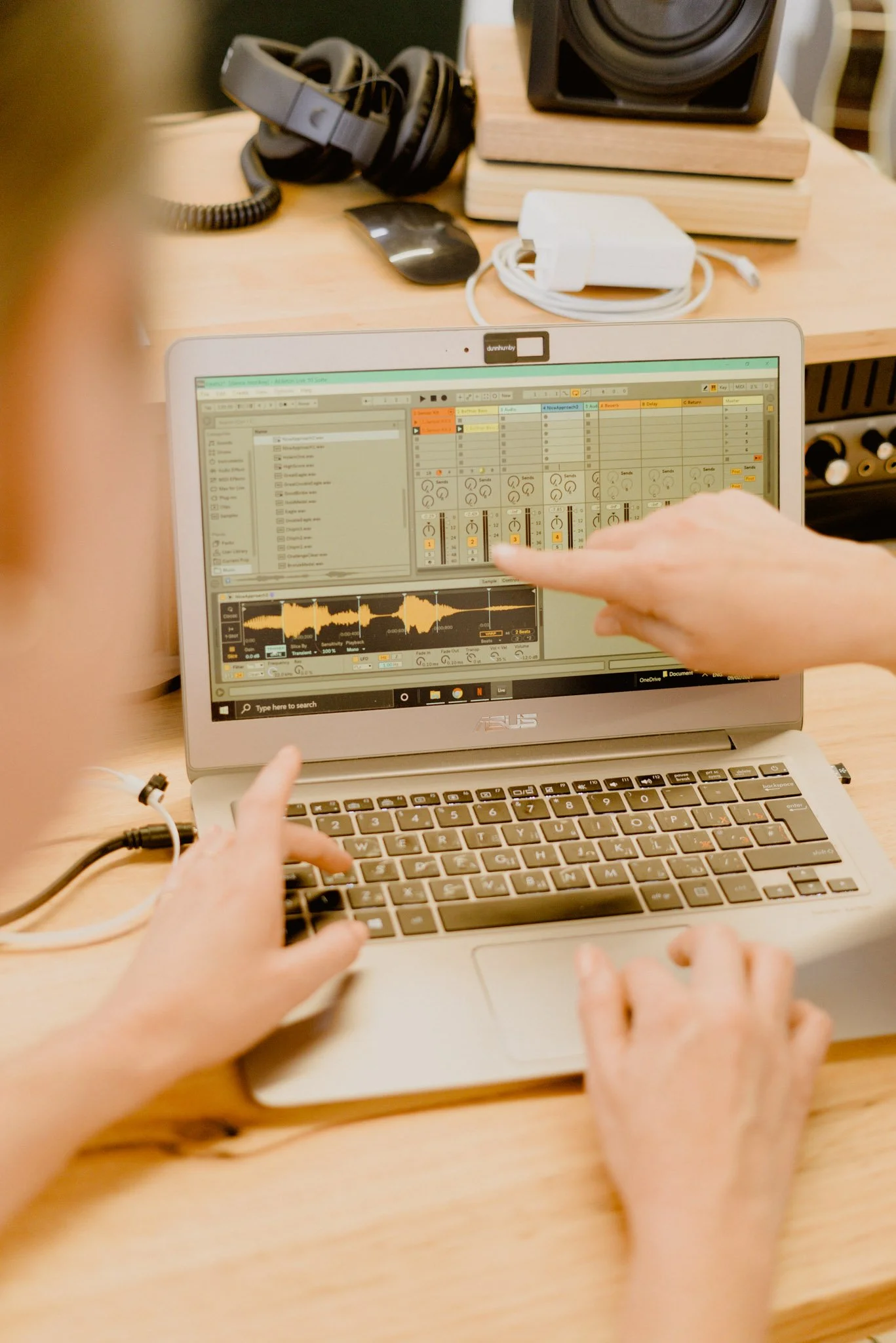
21st Century Skills: What Young People Gain Through Youth Arts
Youth arts programs don’t just build artistic talent, they grow the skills young people need to thrive in a fast-changing and AI-driven world.
21st Century Skills
Competencies
How young people approach complex challenges
-
Analysing and solving problems
Example: Carclew’s “Pom Pom” program invites children to transform personal challenges into artworks, teaching them to think critically about life experiences.
-
Generating original ideas and artistic solutions
Example: At ATYP, young people devise and perform new theatre works, nurturing creativity through rehearsal and production.
-
Presenting ideas and sharing perspectives
Example: CMY’s Culture Spring project engages young people in civic dialogue through art, building confidence to speak and advocate.
-
Working together to achieve a goal.
Example: The Push’s FReeZA All Ages Tour trains teams of young people to co-produce large-scale live music events, from planning to delivery.
Vital Arts focused on four key competencies and five character qualities that employers, educators and communities value. These are often called 21st Century Skills.
These skills are transferable, preparing young people not only for creative industries, but also for education, employment and civic life. Vital Arts has developed a model to formally recognise these skills through micro-credentials, giving participants real, portable evidence of their achievements.
Character Qualities
How young people navigate a changing environment
-
Exploring new tools, forms and approaches
Example: Corrugated Iron’s circus and backstage programmes spark curiosity in live production, opening pathways beyond performance.
-
Stepping up and driving new ideas
Example: In Future Foundations’ eight-month mentoring program, participants take on project coordinator roles, initiating public art projects.
-
Pushing through challenges to succeed
Example: ATYP participants rehearse over long periods, building resilience by learning to accept and apply constructive feedback.
-
Guiding peers and taking responsibility
Example: The Push empowers youth committees to lead decision-making on events, shaping teams and outcomes from start to finish.
-
Recognising and respecting diversity
Example: CMY’s creative programs help multicultural youth draw on cultural knowledge to lead community change, blending identity with artistry.
Themes
-
Young People, Diversity and Creative Practice
How can young people develop community resilience through creative practice?
-
Digital Badges: Capturing and Creating Value
How do digital badges demonstrate and accredit skills learnt through youth arts?
-
21st Century Skills for the Future of Work
What does the future of work look like? What skills will young people need to flourish in uncertain environments?
Images: Project Partner The Push © William Patston & Tanya Voltchanskaya

